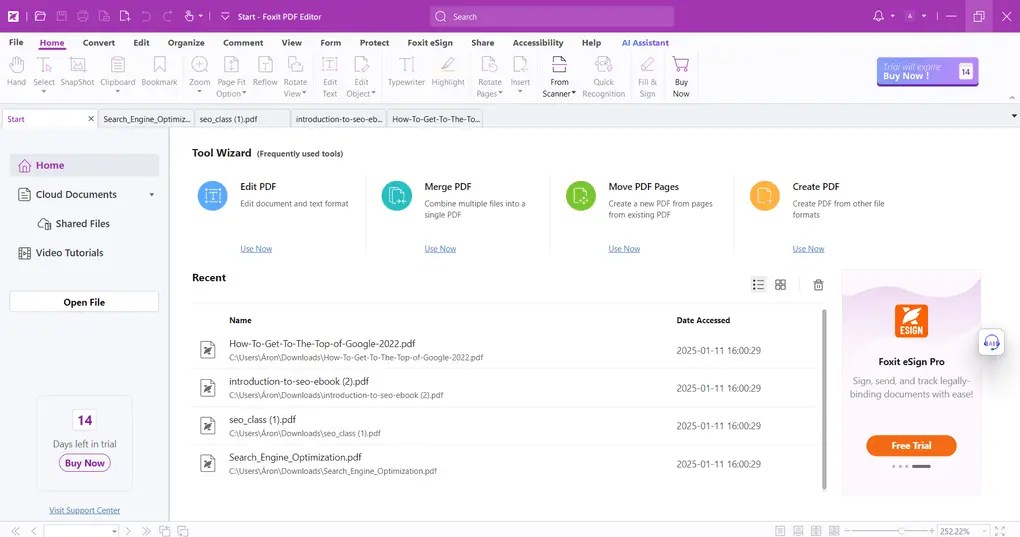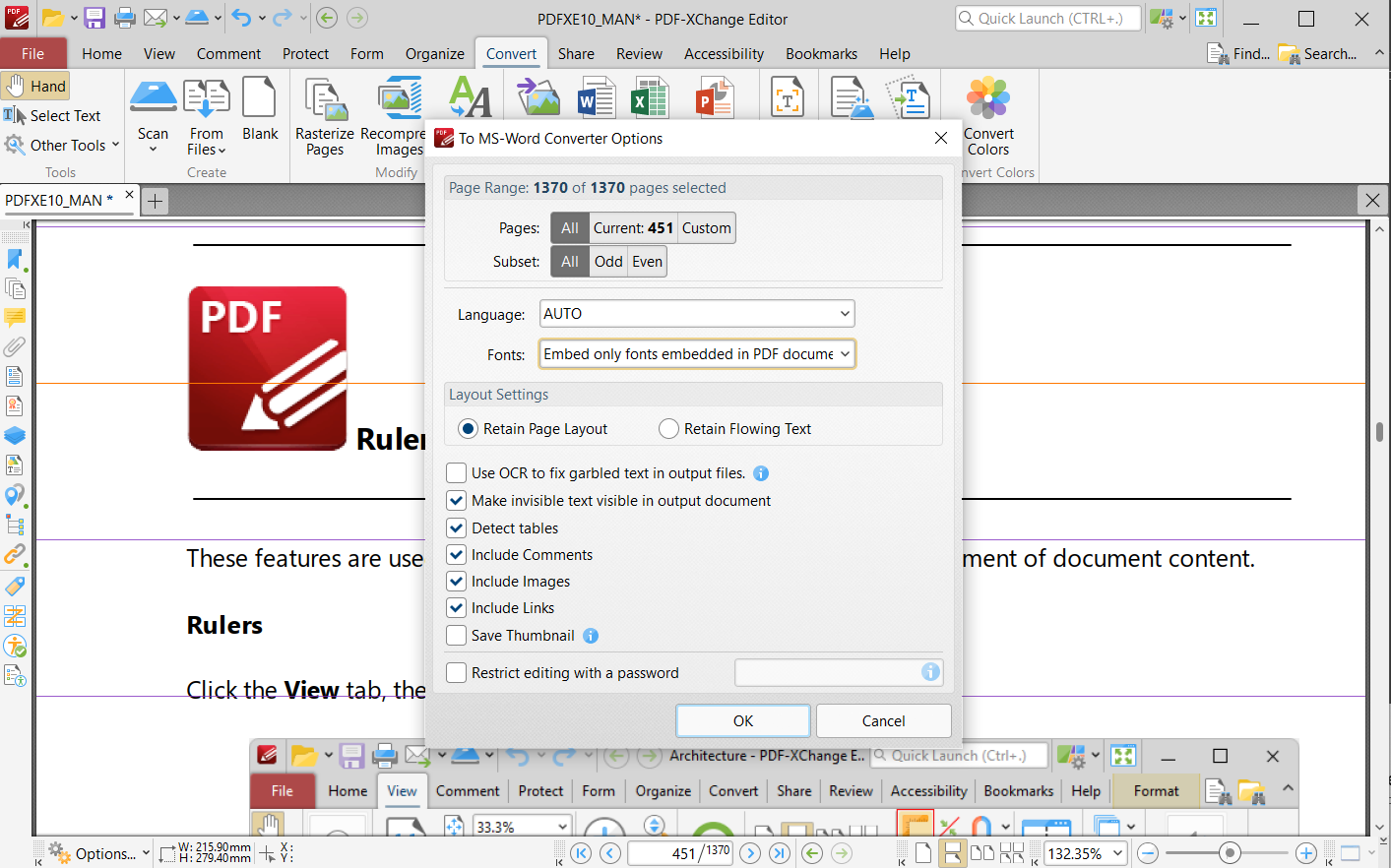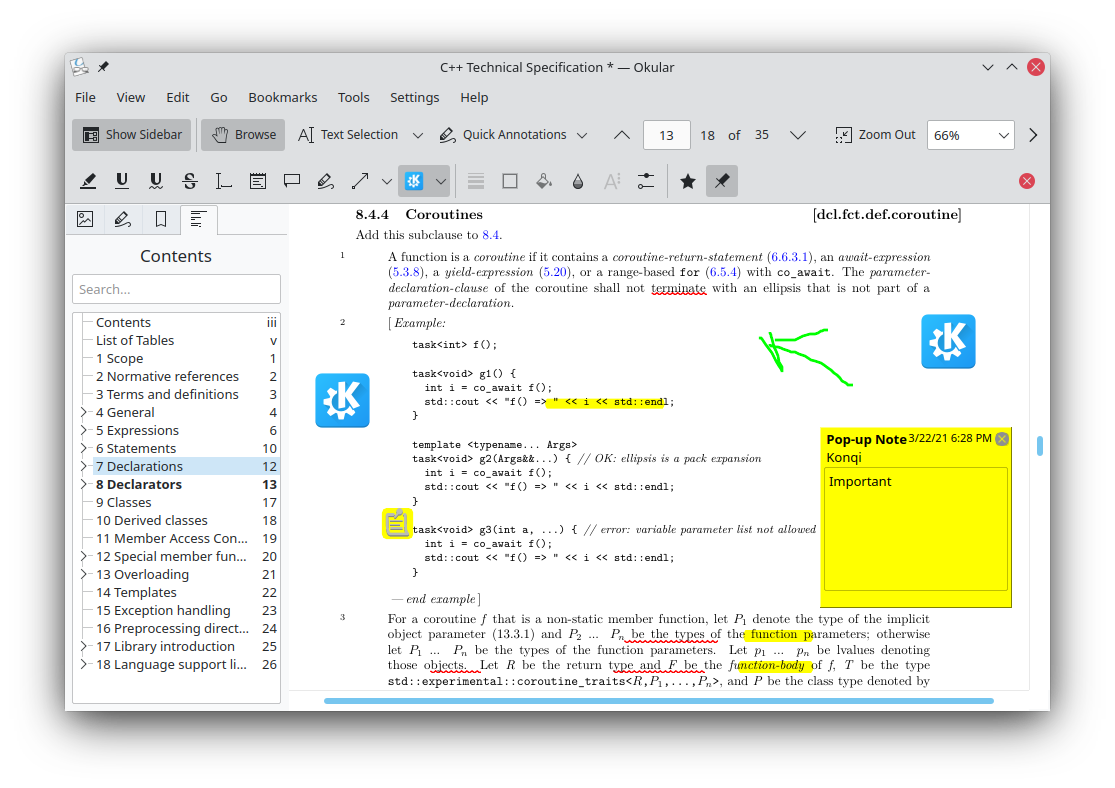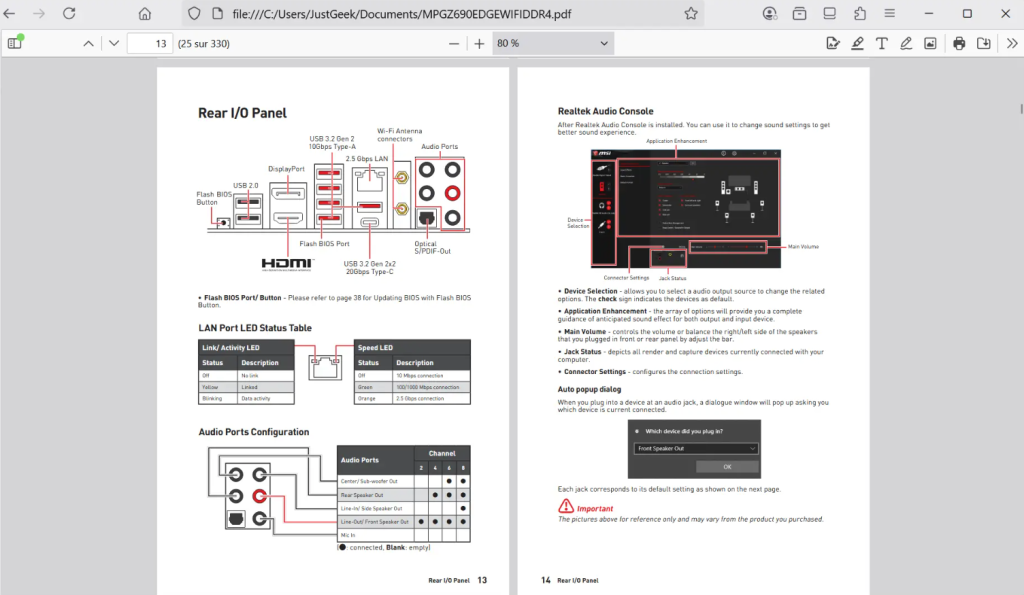For years, Adobe Acrobat Reader has been the go-to software for opening PDF files. But let’s be honest — it has become increasingly heavy, slow, and packed with intrusive upgrade prompts. Even on modern PCs, Adobe Reader often drags down performance and clutters the experience.
The good news? There are plenty of free, lightweight, and powerful PDF readers available today. Some are ultra-fast and minimalist, while others come with advanced tools like annotations, digital signatures, and OCR (Optical Character Recognition). Some options don’t even require installation.
In this guide, we’ve handpicked the best free alternatives to Adobe Acrobat Reader in 2025. Whether you want speed, functionality, or just a simpler way to handle your PDFs, you’ll find the right choice below.
1. Sumatra PDF – The Ultra-Lightweight Reader

If speed and simplicity are your priorities, Sumatra PDF is hard to beat. This open-source reader is incredibly lightweight and can open PDFs almost instantly.
Despite its minimal design, it supports more than just PDFs — including eBooks (ePub, MOBI), comics (CBZ, CBR), DjVu, XPS, and CHM formats. There’s even a portable version, perfect for carrying on a USB stick without installation.
👍 Pros
- Extremely fast startup
- Uses very little system resources
- Portable version available
- Supports multiple file formats
👎 Cons
- No annotation tools
- Basic interface
- No support for interactive PDF forms
2. Foxit PDF Reader – The Feature-Packed Option

Foxit PDF Reader is one of the most popular alternatives to Adobe Reader, thanks to its modern, Office-style interface and robust features.
With Foxit, you can annotate documents, highlight text, fill interactive forms, and add digital signatures. A standout addition is the built-in AI assistant, which can summarize documents or answer questions directly from your PDF (requires a free account).
It also offers advanced security features, including sandbox mode to block malicious scripts hidden in PDFs. The only downside is that it regularly promotes its paid Pro version.
👍 Pros
- Modern, familiar ribbon interface
- Advanced annotation, form filling, and e-signatures
- Built-in AI assistant
- Strong security features
👎 Cons
- Frequent upsell prompts for Pro version
- Heavier than minimalist readers like Sumatra
- Some advanced tools locked behind paywall
3. PDF-XChange Editor – The All-in-One Powerhouse

If you want a balance between reading and editing, PDF-XChange Editor is a top pick. It includes a wide variety of tools: annotations, comments, stamps, form filling, and even OCR, which converts scanned documents into searchable text.
Performance remains smooth even with large files. However, be careful — some advanced features are restricted to the paid version. If you use them, a watermark will appear on your document.
👍 Pros
- Wide range of free tools (annotations, OCR, stamps)
- Great performance with large PDFs
- User-friendly interface
- Free version is already very capable
👎 Cons
- Paid features add watermarks if used
- Slightly more complex than basic readers
4. MuPDF – Minimalism at Its Finest

If you’re looking for the simplest possible PDF reader, MuPDF is the answer. It strips everything down to the essentials: just open the file and read.
It’s extremely fast and works even on old hardware. Advanced users will appreciate the command-line version, useful for automated tasks.
👍 Pros
- Ultra-lightweight and open source
- Works on very old PCs
- Command-line support available
👎 Cons
- No annotation or editing
- Extremely basic interface
5. Okular – The Open-Source All-Rounder

Originally part of the Linux KDE project, Okular is now available on Windows, macOS, and Linux. It combines a simple interface with handy features like annotations, highlighting, bookmarks, and presentation mode.
Okular also supports additional formats, including ePub, CBZ, and DjVu, making it a versatile tool for more than just PDFs.
👍 Pros
- Free and open source
- Annotations and bookmarks supported
- Cross-platform (Linux, Windows, macOS)
- Multi-format support
👎 Cons
- Slightly heavier than Sumatra or MuPDF
- Limited editing tools
6. Web Browsers (Chrome, Edge, Firefox) – No Download Required

Sometimes, you don’t even need extra software. Google Chrome, Microsoft Edge, and Mozilla Firefox all come with built-in PDF readers.
These are perfect for quick reading, text search, printing, and light annotations. Firefox even allows freehand drawing, highlighting, and text insertion. Microsoft Edge adds basic annotation features too.
They aren’t as powerful as dedicated readers, but for casual use, they’re more than enough.
👍 Pros
- Already built into your browser
- Fast and convenient
- Simple annotation tools in Edge and Firefox
👎 Cons
- Limited functionality
- No advanced editing or form support
Comparison Table – Best Free PDF Readers
| Reader | Platforms | Strengths | Limitations |
|---|---|---|---|
| Sumatra PDF | Windows | Ultra-light, portable, multi-format | No annotations or forms |
| Foxit Reader | Win, macOS, iOS, Android | Modern UI, annotations, AI assistant | Pro version upsells, heavier footprint |
| PDF-XChange | Windows | OCR, advanced tools, smooth performance | Paid tools add watermark |
| MuPDF | Win, macOS, Linux, Android | Minimalist, open source, CLI available | Extremely basic, no editing |
| Okular | Win, macOS, Linux | Open source, annotations, versatile | Slightly heavier, limited editing |
| Browsers | All major platforms | Built-in, quick reading, light annotation | Not for power users |
Conclusion
Adobe Acrobat Reader is no longer essential. With options like Sumatra PDF for pure speed, Foxit and PDF-XChange for advanced tools, and Okular for open-source flexibility, you can easily find a reader that suits your workflow. And if you just need to glance at a file quickly, your browser’s built-in PDF reader is often enough.
Bottom line: Don’t settle for a bloated, resource-heavy PDF viewer when so many free, fast, and reliable alternatives exist in 2025.
And if you'd like to go a step further in supporting us, you can treat us to a virtual coffee ☕️. Thank you for your support ❤️!

We do not support or promote any form of piracy, copyright infringement, or illegal use of software, video content, or digital resources.
Any mention of third-party sites, tools, or platforms is purely for informational purposes. It is the responsibility of each reader to comply with the laws in their country, as well as the terms of use of the services mentioned.
We strongly encourage the use of legal, open-source, or official solutions in a responsible manner.



Comments